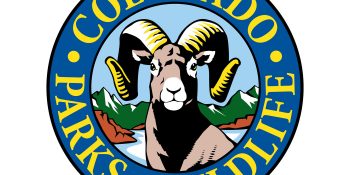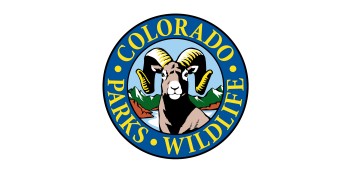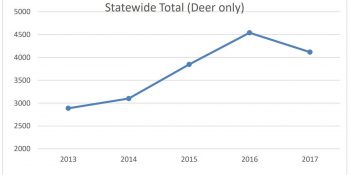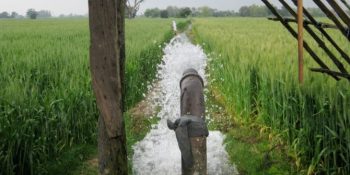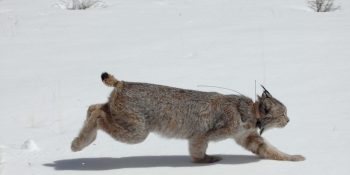Having green spaces in residential areas can protect against premature mortality, according to a systematic review and meta-analysis conducted by Colorado State University in collaboration with the Barcelona Institute for Global Health (ISGlobal), and the World Health Organization.
The research team, led by Dr. David Rojas-Rueda, assistant professor of epidemiology at CSU, found that an increase in green spaces around homes is significantly associated with reduced premature mortality.
More specifically, researchers identified an estimate for the protective effect: a 4% reduction in premature mortality per each increase of 0.1 using the Normalized Difference Vegetation Index within 1,600 feet of the residence. The index is used to determine the density of green on a patch of land.
The study was published Nov. 20 in The Lancet Planetary Health.
The analysis, which included nine longitudinal studies in seven countries and a total of over 8 million people, provides strong evidence on the impact of increasing green areas in urban settings.
“This is the largest and most comprehensive synthesis to date on green space and premature mortality,” said Rojas-Rueda, first author of the study. “The results support interventions and policies to increase green spaces as a strategy to improve public health.”
Half of the world’s population lives in cities where there is often a lack of green space. Many studies suggests that green spaces in cities have a positive health effect, including less stress, improved mental health and lower risk of cardiovascular disease, metabolic syndrome and premature death. However, many of these studies looked at only one specific point in time and use different ways to measure exposure to greenness.
For this study, the research team summarized the available evidence and focused on studies that were longitudinal – ones that follow the same individuals over several years. Scientists used a simple measure of exposure to green space, the Normalized Difference Vegetation Index, based on satellite images, and looked at premature all-cause mortality as a health outcome. They identified nine studies worldwide that included individuals from seven different countries, including Canada, United States, Spain, Italy, Australia, Switzerland and China.
Mark Nieuwenhuijsen, a study co-author and director of the Urban Planning, Environment and Health Initiative at ISGlobal, said that in addition to the public health benefits, urban greening programs “also increase biodiversity and mitigate the impacts of climate change, making our cities more sustainable and livable.”
Rojas and the research team are currently applying the results of the meta-analysis to estimate the number of premature deaths that could be prevented in cities around the world if the city achieves its goal of increasing green infrastructures.
The study was commissioned by and funded by the World Health Organization.
SPREAD THE NEWS
COMMENT, Like, Follow & SHARE @I70Scout
CURRENT EDITION
WEATHER & TRAFFIC PUZZLES RECENT NEWS ADVERTISE WITH US
